Description
In the landscape of psychoactive substances, 4-fluoroamphetamine hydrochloride for sale (4-FA) emerges as a compound of significant interest and debate. Its unique pharmacological properties have sparked curiosity among researchers, while its recreational use has stirred discussions about safety and legality. Let’s delve into the multifaceted aspects of 4-FA, examining its uses, effects, and associated risks.
Understanding 4-Fluoroamphetamine Hydrochloride (4-FA, 4-FMP)
4-FA, also known as para-methyl-4-fluoroamphetamine (PMFA), belongs to the family of substituted amphetamines. Chemically, it is characterized by the substitution of a fluorine atom at the para position on the phenyl ring. This modification alters its pharmacological profile, influencing its interaction with neurotransmitter systems in the brain.
Pharmacological Mechanisms
Research suggests that 4-FA primarily acts as a releasing agent for serotonin, dopamine, and norepinephrine. By increasing the extracellular levels of these neurotransmitters, it produces psychoactive effects similar to other entactogenic substances. Users commonly report feelings of euphoria, increased energy, empathy, and enhanced sociability.
Recreational Use and Effects
The recreational use of 4-FA has gained popularity in certain circles, particularly among individuals seeking euphoric experiences akin to those induced by MDMA (3,4-methylenedioxymethamphetamine). Its effects are often described as a combination of stimulant and empathogenic properties, making it appealing for social settings and nightlife activities. However, variations in individual responses and dosage can lead to unpredictable outcomes and potential risks.
Potential Therapeutic Applications
Beyond its recreational use, 4-FA has attracted attention from researchers exploring its therapeutic potential. Preliminary studies suggest that it may have applications in the treatment of mood disorders, such as depression and anxiety. Its ability to modulate neurotransmitter levels offers a promising avenue for pharmacological interventions aimed at alleviating symptoms and improving mood regulation.
Safety Considerations and Risks
Despite its potential benefits, the use of 4-FA is not without risks. Like other psychoactive substances, it can induce adverse effects, including but not limited to hypertension, tachycardia, hyperthermia, and serotonin syndrome. Prolonged or excessive use may also lead to neurotoxicity and long-term cognitive impairments. Furthermore, the purity and dosage of 4-FA obtained from illicit sources are often inconsistent, increasing the likelihood of unintended consequences and harm.
Legal Status and Regulation in USA and Canada
The legality of 4-FA varies across different jurisdictions. While it remains unregulated in some countries, others have classified it as a controlled substance due to its psychoactive effects and potential for misuse. Regulatory measures aim to control its availability and minimize associated risks, but enforcement and compliance present ongoing challenges in the context of global drug policy.
Conclusion
In conclusion, 4-fluoroamphetamine hydrochloride represents a complex and multifaceted compound with diverse uses and implications. Its pharmacological properties offer avenues for both scientific exploration and recreational enjoyment, but caution must be exercised to mitigate associated risks. As our understanding of its effects and mechanisms continues to evolve, informed decision-making and harm reduction strategies will remain essential in navigating the complexities of 4-FA use.
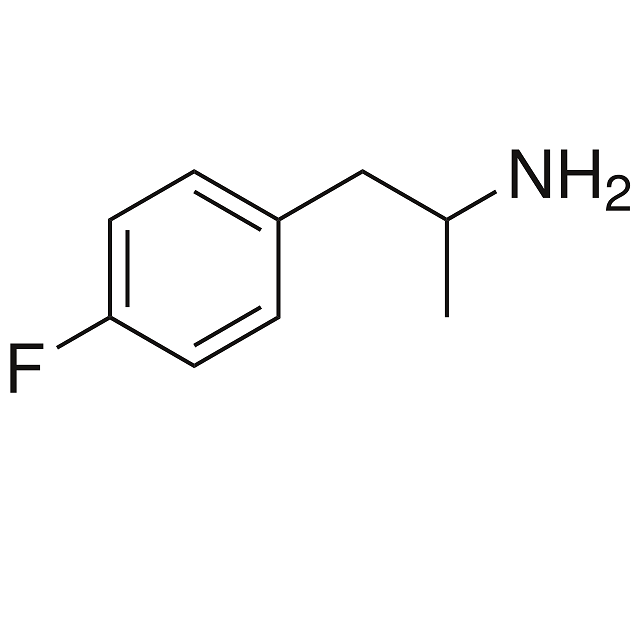
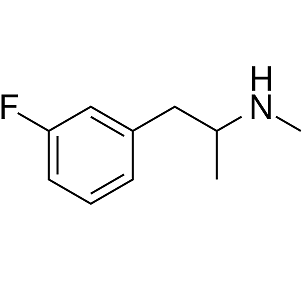

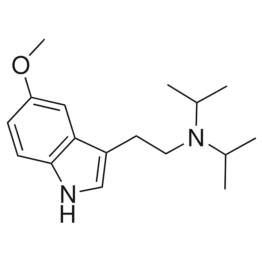
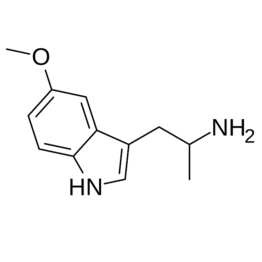
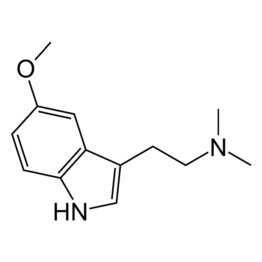
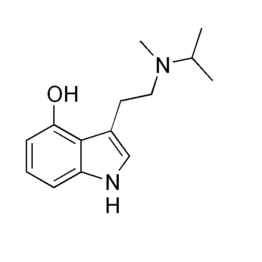
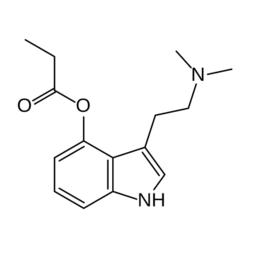
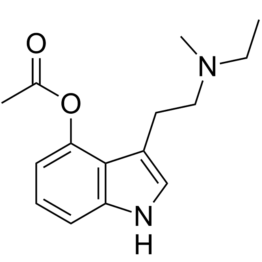

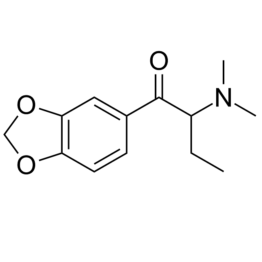
James Lowisky –
Anything Amphetamines dude’s got you covered. Delivery was fast suprisingly. I haven’t tested the product yet, will update more eventually